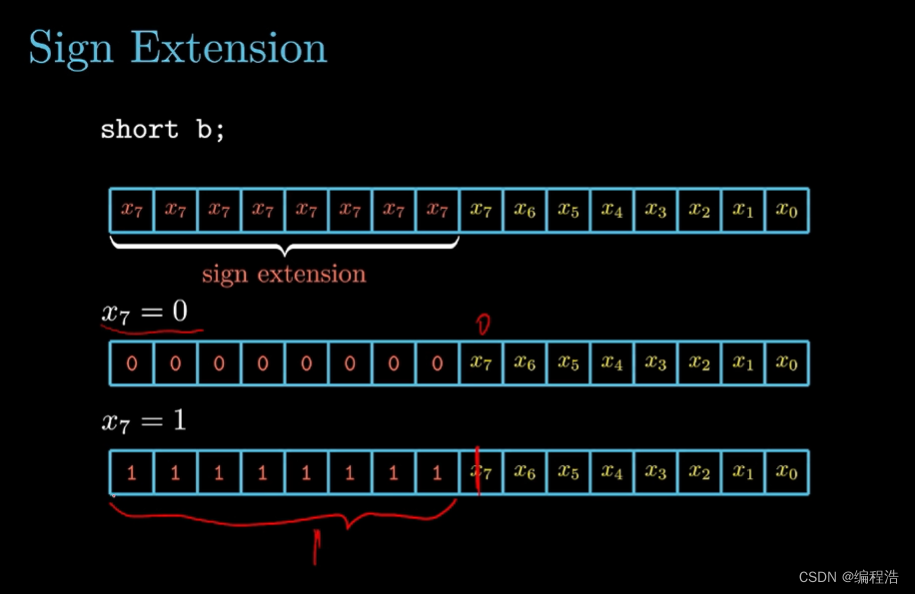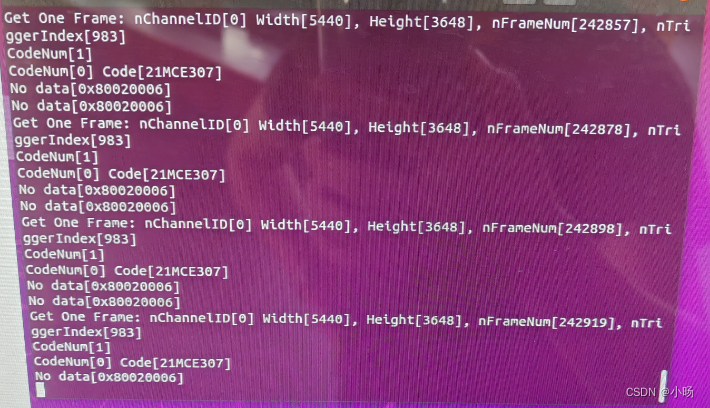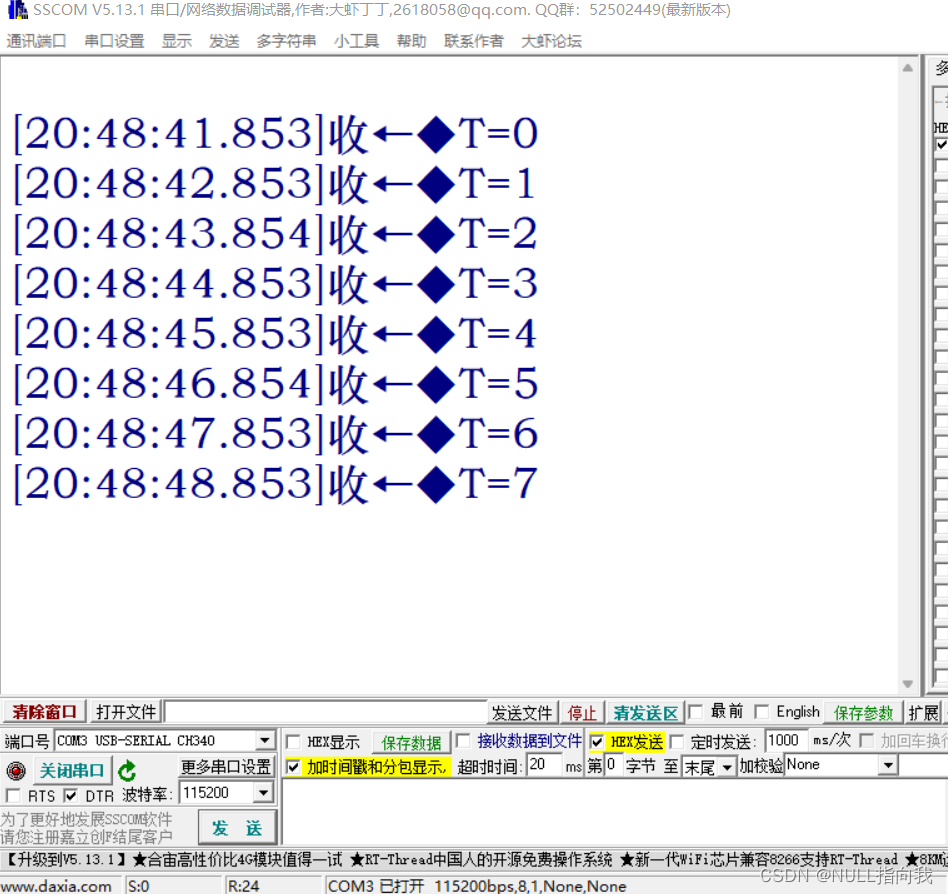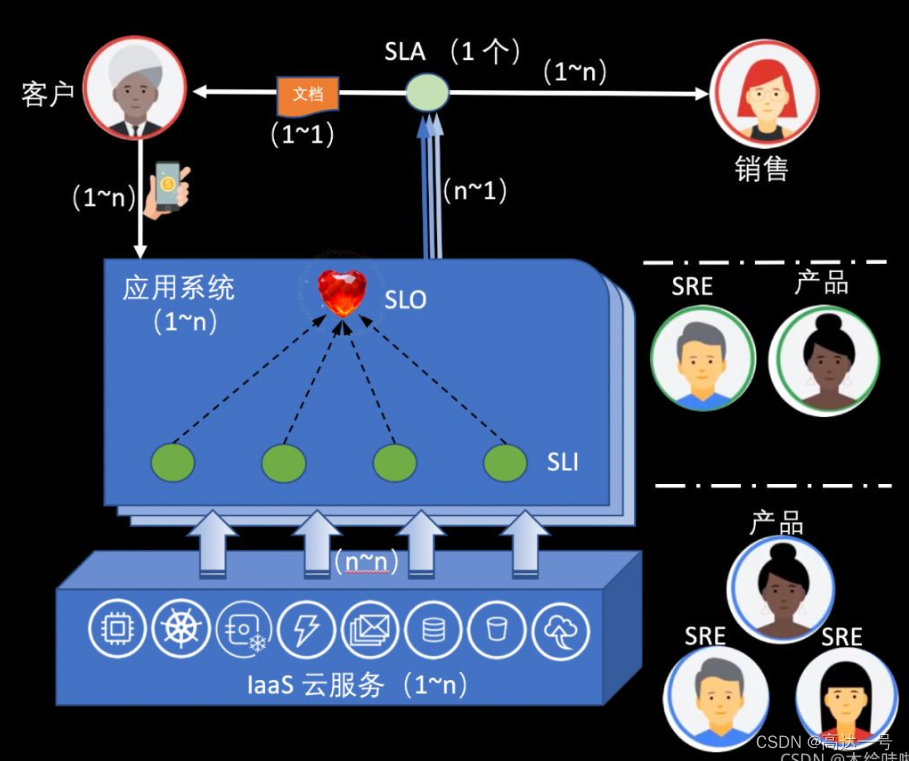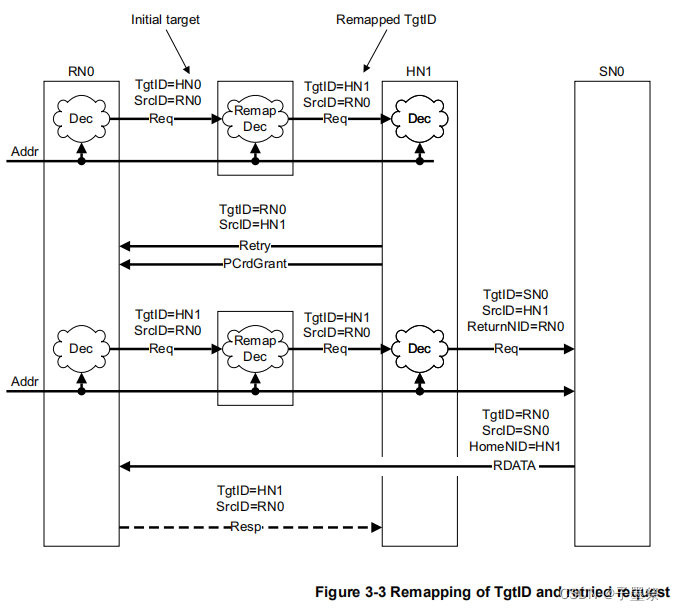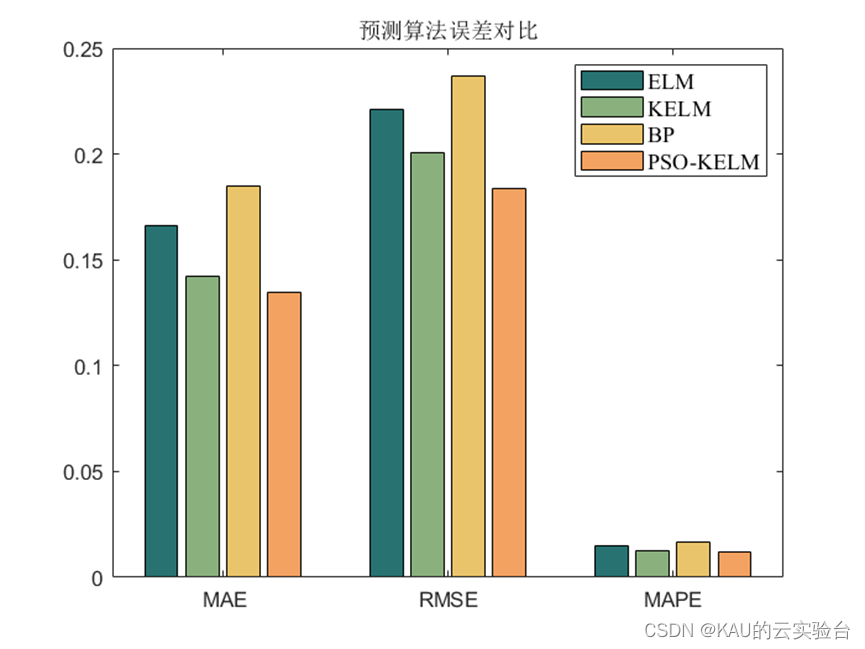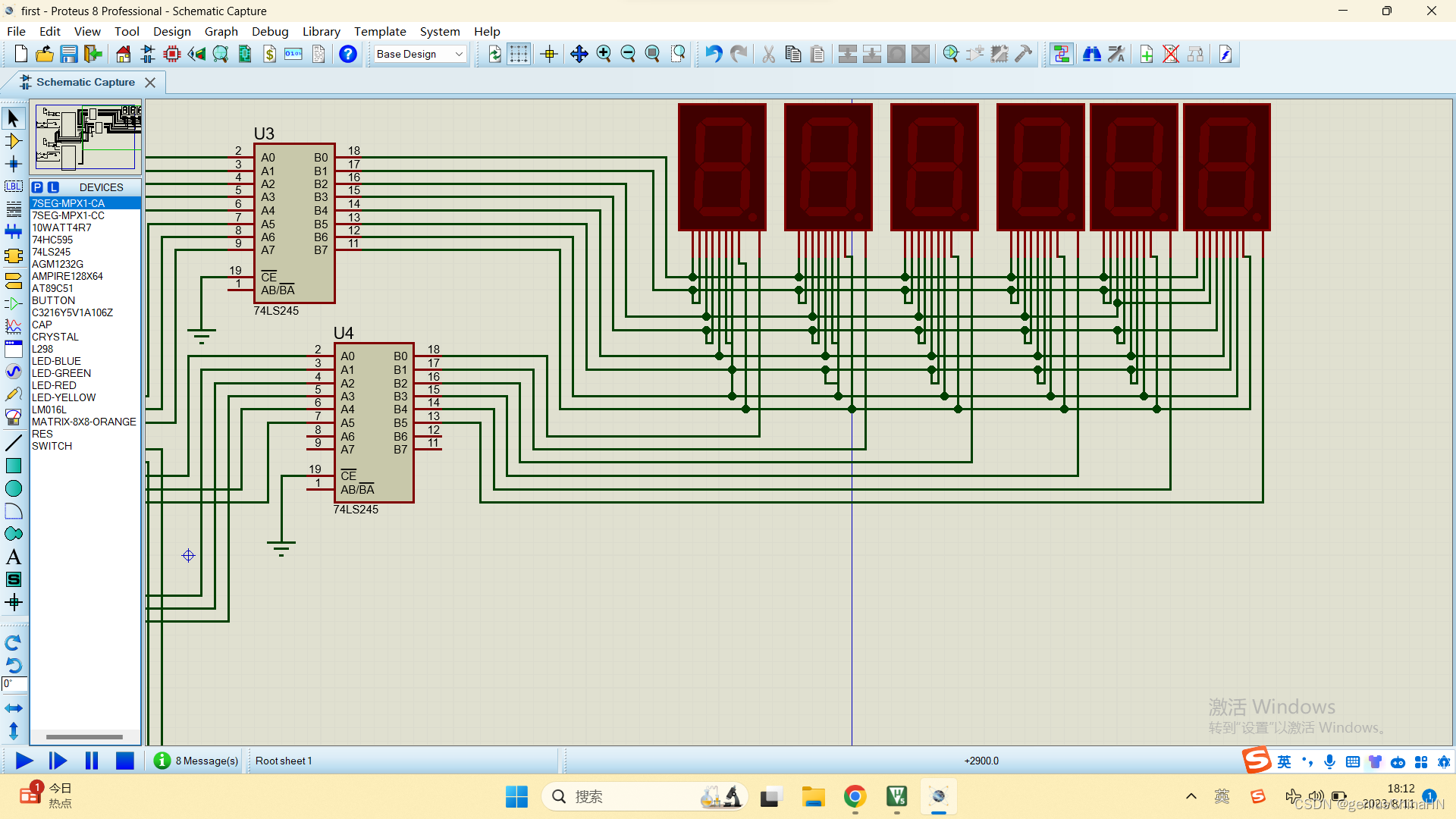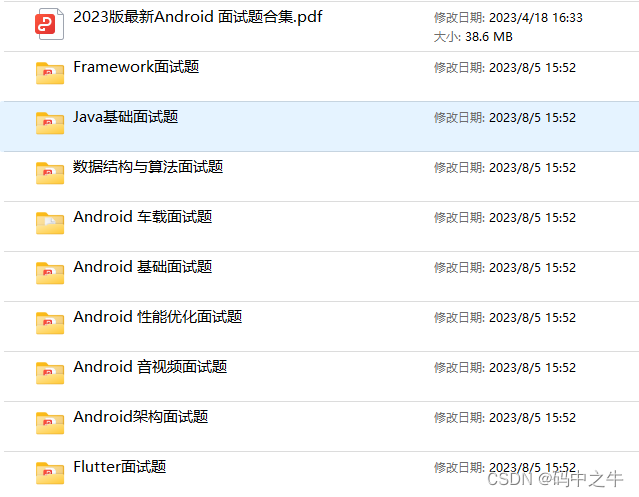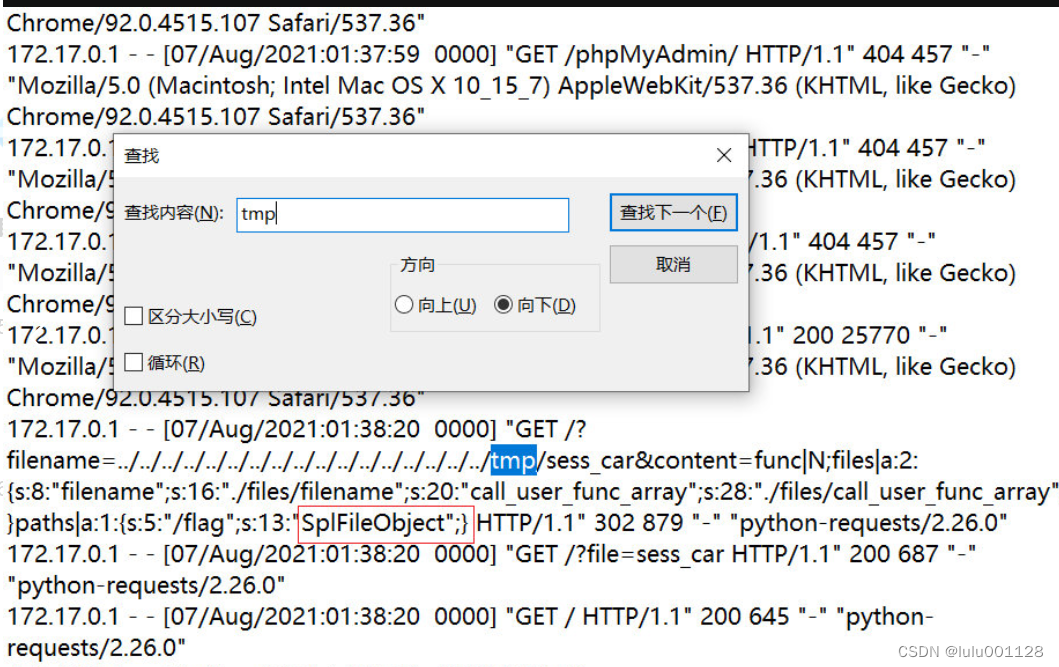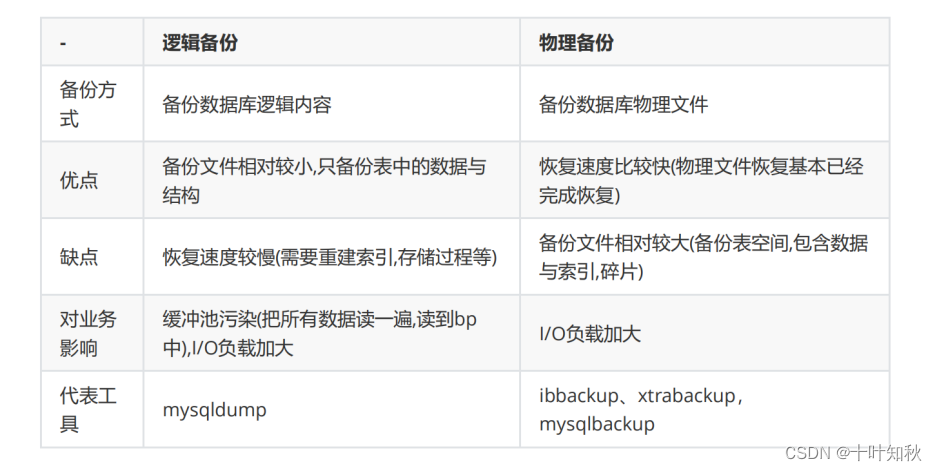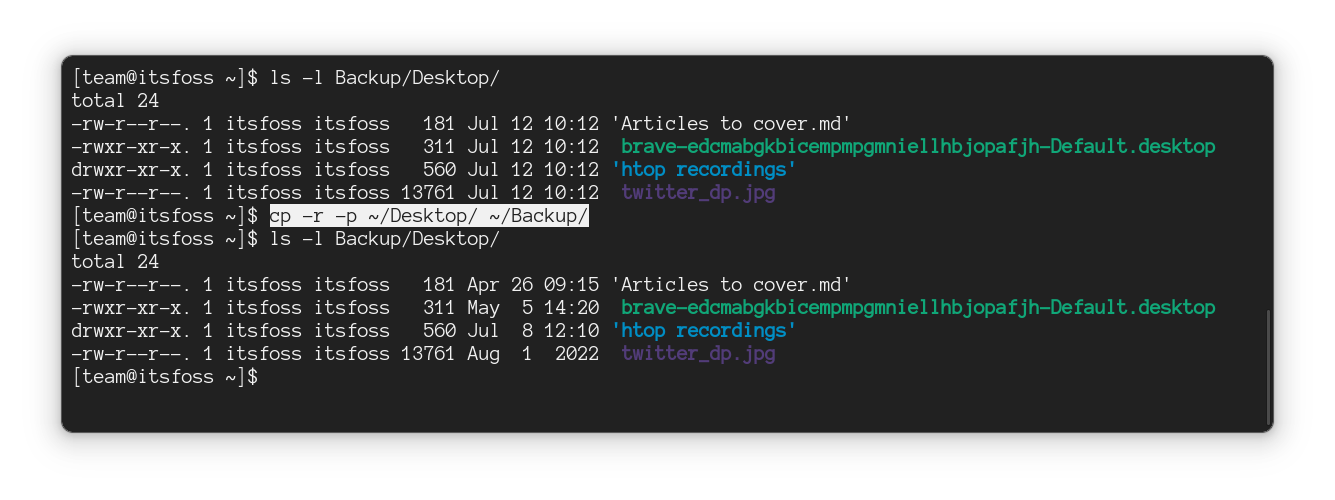随机旋转
随机旋转是一种图像增强技术,它通过将图像以随机角度进行旋转来增加数据的多样性,从而帮助改善模型的鲁棒性和泛化能力。这在训练深度学习模型时尤其有用,可以使模型更好地适应各种角度的输入。
原图像:

旋转后的图像:

代码实现:
import cv2import numpy as npdef random_rotate(image, max_angle):angle = np.random.uniform(-max_angle, max_angle)height, width = image.shape[:2]rotation_matrix = cv2.getRotationMatrix2D((width / 2, height / 2), angle, 1)rotated_image = cv2.warpAffine(image, rotation_matrix, (width, height))return rotated_image# 读取图像
image = cv2.imread('input.jpg')
image=cv2.resize(image,(1024,800))
# 随机旋转图像
max_rotation_angle = 30 # 最大旋转角度
rotated_image = random_rotate(image, max_rotation_angle)# 显示原始图像和旋转后的图像
cv2.imshow('Original Image', image)
cv2.imshow('Rotated Image', rotated_image)
cv2.waitKey(0)
cv2.destroyAllWindows()随机裁剪
随机裁剪是一种常见的数据增强技术,用于增加训练数据的多样性,特别是在处理不同尺寸的图像数据时。
原图像:

随机裁剪后的图像:

代码实现:
import cv2
import numpy as np
def random_crop(image, crop_size):height, width = image.shape[:2]crop_height, crop_width = crop_sizeif crop_width >= width or crop_height >= height:raise ValueError("Crop size should be smaller than image size")x = np.random.randint(0, width - crop_width + 1)y = np.random.randint(0, height - crop_height + 1)cropped_image = image[y:y+crop_height, x:x+crop_width]return cropped_image# 读取图像
image = cv2.imread('input.jpg')
image=cv2.resize(image,(1024,800))
# 随机裁剪到固定大小
crop_size = (200, 200) # 裁剪尺寸
cropped_image = random_crop(image, crop_size)# 显示原始图像和裁剪后的图像
cv2.imshow('Original Image', image)
cv2.imshow('Cropped Image', cropped_image)
cv2.waitKey(0)
cv2.destroyAllWindows()颜色增强:
- 颜色平衡调整:调整图像中不同颜色通道的增益,以改变图像的颜色平衡。
- 颜色增强:通过增加或减少颜色通道的值,增强图像的色彩鲜艳度。
原图像:

亮度调整之后的图像:
代码实现:
def enhance_color(image, alpha, beta):enhanced_image = cv2.convertScaleAbs(image, alpha=alpha, beta=beta)return enhanced_imageimage = cv2.imread('input.jpg')
color_enhanced_image = enhance_color(image, 1.2, 20)亮度和对比度调整:
- 亮度调整:改变图像的亮度水平,使图像变得更亮或更暗。
- 对比度调整:调整图像中像素值的范围,以扩展或缩小亮度差异,使图像更具视觉对比度。
原图:

亮度、对比度调整后的图像:

代码实现:
import cv2def adjust_brightness_contrast(image, alpha, beta):adjusted_image = cv2.convertScaleAbs(image, alpha=alpha, beta=beta)return adjusted_imageimage = cv2.imread('input.jpg')
brightened_image = adjust_brightness_contrast(image, 1.2, 20)图像平滑与锐化:
- 图像平滑:应用模糊滤波器来减少图像中的噪声,同时也可能使图像变得模糊。
- 图像锐化:通过增强图像中的边缘和细节,使图像看起来更清晰。
原图:
平滑后的图像:
 锐化后的图像:
锐化后的图像:
代码实现:
def apply_image_smoothing(image):smoothed_image = cv2.GaussianBlur(image, (5, 5), 0)return smoothed_imagedef apply_image_sharpening(image):kernel = np.array([[-1, -1, -1],[-1, 9, -1],[-1, -1, -1]])sharpened_image = cv2.filter2D(image, -1, kernel)return sharpened_imageimage = cv2.imread('input.jpg')
smoothed_image = apply_image_smoothing(image)
sharpened_image = apply_image_sharpening(image)